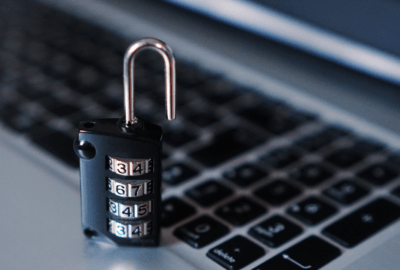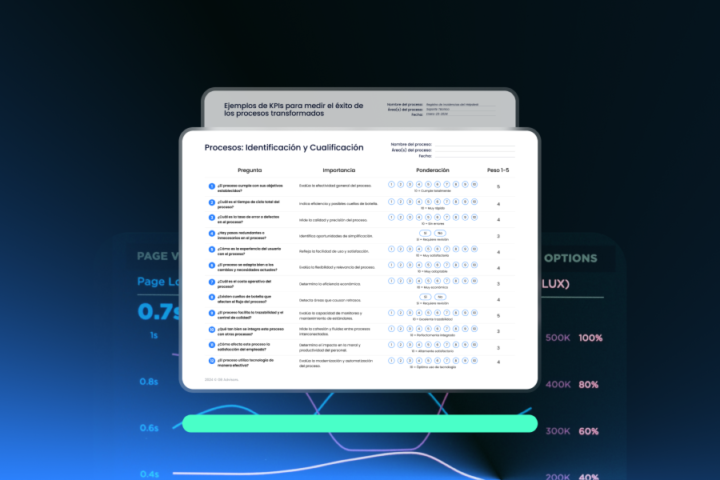 Data Leak Prevention (DLP) is the prophylaxis applied to prevent the loss of sensitive data. In business and operations, Data Leak Prevention (DLP) means a challenge to face on a daily basis for every department.
Data Leak Prevention (DLP) is the prophylaxis applied to prevent the loss of sensitive data. In business and operations, Data Leak Prevention (DLP) means a challenge to face on a daily basis for every department.
However, those in charge of the IT department carry a harder burden because; in addition to fighting against data leakages (internal threat), they must also fight against malware, viruses, spam and similar (external threats). In short, IT agents face the double challenge of preventing external and internal leaks. Let’s see how they do it.
Data Leak Prevention: Main vectors
First of all, let’s make it clear as crystal: Main vectors for data leakage are at home. This means, data leakage occurs with simple actions executed at the enterprise such as sending mail with confidential information; or delivering unauthorized copies of confidential data in mobile devices. In such cases; data leakage – whether intentional or not – occurs due to inadequate manipulation of sensitive data by personal with privileged access over it.
Then, the main action to consolidate plans for Data Leak Prevention (DLP) focuses on promoting and strengthen security policies; and specifically, from the prevention of actions generated in human error. They include lack of expertise/knowledge; lack of information and even simple negligence.
Now, control and reduction of human error also improves when adopting automated tools or solutions to identify and protect important information with the express purpose of avoiding data leakage and its unintended consequences. Let’s take a walk for them.
Types of Data Leak Prevention (DLP)
 Solutions created for Data Leak Prevention (DLP) divide into two main perspectives: The network-driven solutions, and client-side software-only solutions.
Solutions created for Data Leak Prevention (DLP) divide into two main perspectives: The network-driven solutions, and client-side software-only solutions.
Data Leak Prevention: Network-Driven Solutions
Easy to install and deploy, these solutions cover common communication protocols such as HTTP, HTTPS, SMTP, POP3 and IMAP. Its main focus is protecting the entire corporate network.
However good, these of solutions do not offer protection for external/mobile storage media; screenshots; nor do they restrict the copy & paste action of files on the client’s workstations. Network-driven tools for Data Leak Prevention (DLP) install as proxy servers or sniffers at application level.
Data Leak Prevention: Customer-side software-only solutions
On the other hand, Client-side software-only solutions require the installation of Agents in the client’s device to perform its control. Rules that govern the agent are managed from a central management console.
Now, the installed Agent controls all the operations carried out in the client’s device. Unlike network-driven solutions; customer-side software-only solutions for Data Leak Prevention (DLP) include much more extensive protection actions and measures such as constraint screenshots action; copy & paste restrictions; etc.
However, compared to network-driven solutions; Customer-side software-only solutions demand constant upgrading and maintenance. This means operating expenses that you need to check before choosing this option.
What other important facts should you consider before installing automated solutions for Data Leak Prevention (DLP)?
 Additionally, network-driven and client-side solutions for Data Leak Prevention (DLP) offer different options focused in hardware and software. So, if your concern is enhancing your digital security; the most advisable thing is that you install a combination of both options.
Additionally, network-driven and client-side solutions for Data Leak Prevention (DLP) offer different options focused in hardware and software. So, if your concern is enhancing your digital security; the most advisable thing is that you install a combination of both options.
In specific; you need to make more intricate the data and file copy protocols by all means of communication (pen drives; hard drives; etc.); including data transfer by means of electronic mail; printing protocols and collection of screenshots.
The most common client-side solutions for Data Leak Prevention (DLP) solutions are focused in data encryption; inbound and outbound data transfer control applications; and access restriction to the business network.
How to choose a suitable product to strengthen your business against Data Leak Prevention (DLP)?
To consider an appropriate product for Data Leak Prevention (DLP) for your company; you should basically take into account administrative parameters and technical criteria.
In this sense, you must delve into the analysis of departmental processes to determine your weak points (vectors) that can open the door to the Data Leak Prevention (DLP). The design of your combined Data Leak Prevention (DLP) plan to protect your professional secrets; your business processes; marketing plans and other critical information (such as personal information of your employees; commercial allies and similar) will depend on it.
Contact us here and we will help you to create an integrated plan tailored for enhancing Data Leak Prevention (DLP) at your company.



